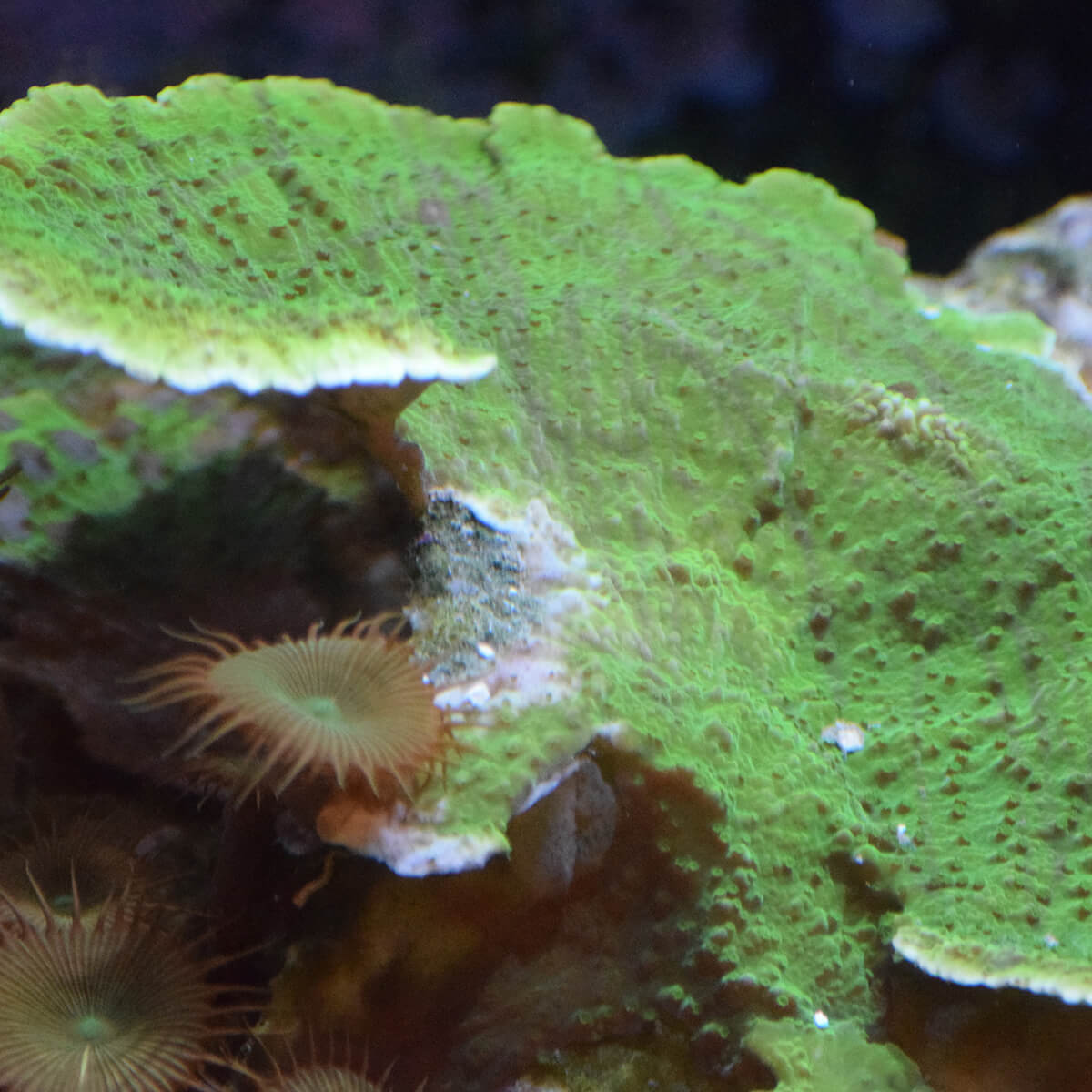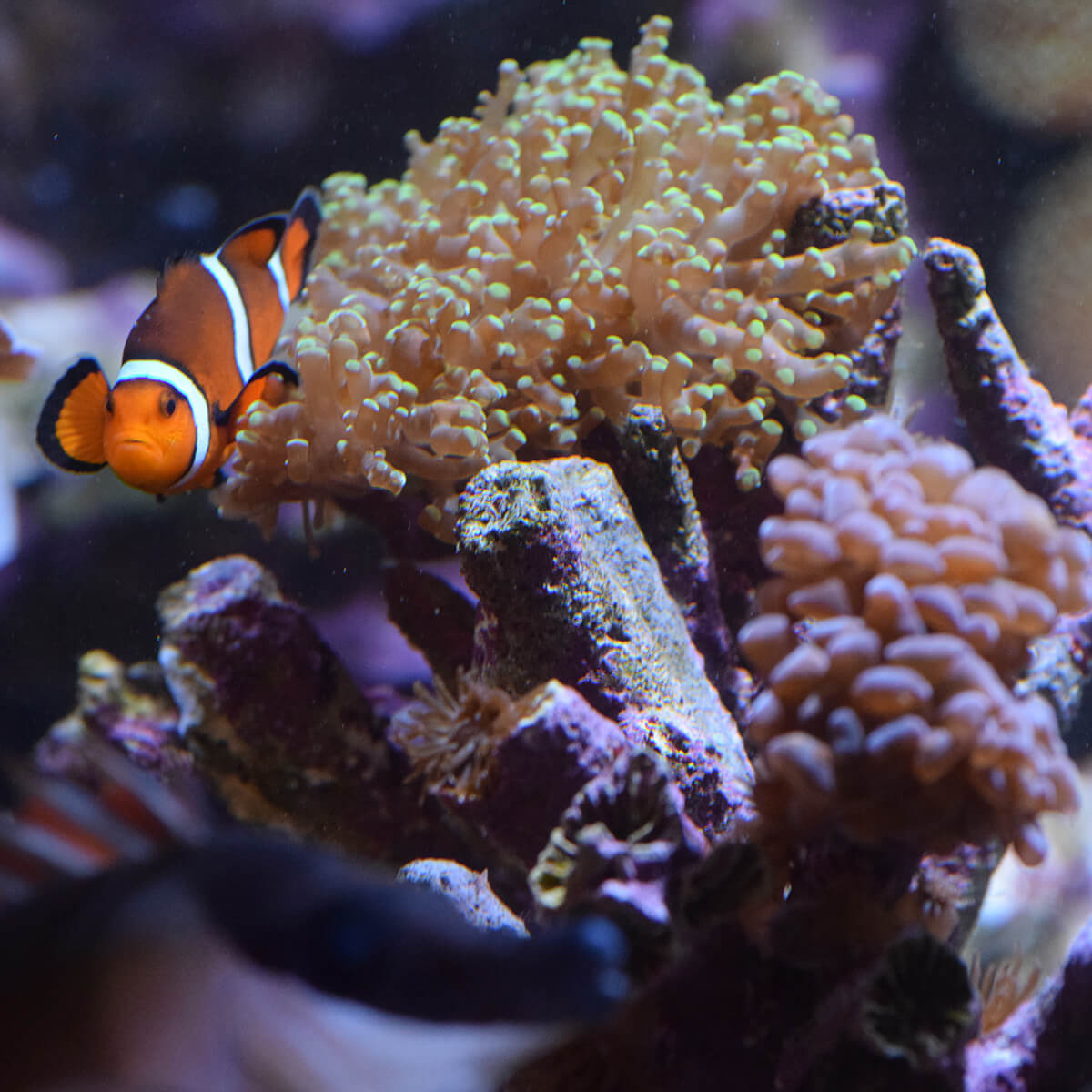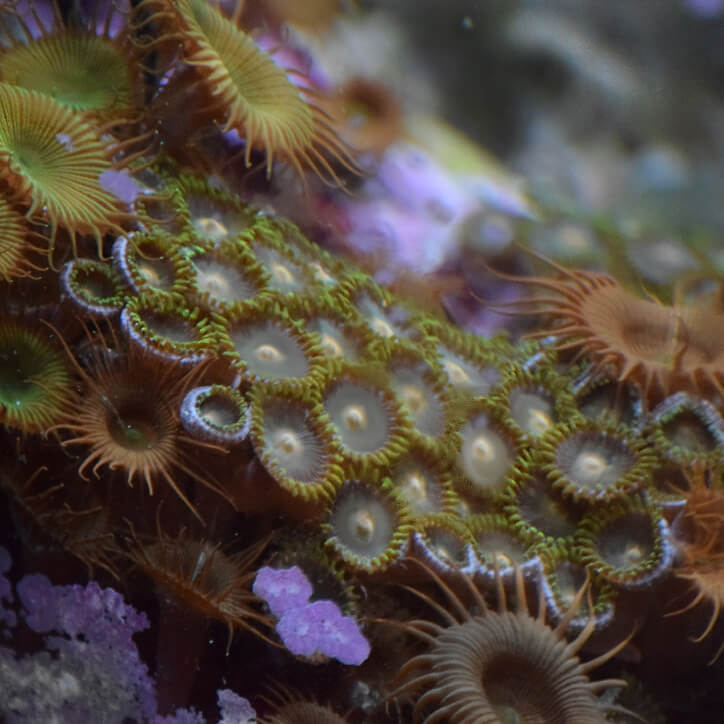Animals at Wonderlab
At WonderLab you’ll discover critters that crawl, swim, slither and scurry. Exhibits showcase the diversity of the living world, as well as the ancient environment of south-central Indiana as evidenced by fossils. Bring your questions! We love to discuss our gallery animals.

Axolotls
Axolotls look like normal salamanders but they keep “larval”, or juvenile, features, such as external gills, which are the red, fluffy parts on their neck that allow them to breathe underwater. Most salamanders lose juvenile features when they morph, or change, into adults where they instead breathe air using lungs. This condition where a species, like axolotls, stays in its larval form through adulthood and can reproduce is called neoteny.
Scientific Name: Ambystoma mexicanum
Native Habitat and Range: 1 lake in Mexico – the bottom of Lake Xochimilco (sow-chee-meel-kow)
Diet: Carnivore
Native Diet: Crustaceans, mollusks, insect larva, worms, and occasional tiny fish.
Common Name: The word axolotl roughly translates to “water monster” in the ancient Aztec dialect of Nahuatl. The name “axolotl” was inspired by the Aztec god of fire and lighting, Xolotl, who can turn into a salamander. The word axolotl is pronounced AH-show-LOAT in the Nahuatl dialect instead of the commonly pronounced ACK-suh Lah-tuhl.
Beehive
Honey bees are less than an inch in length and have a hairy brownish thorax and a dull orange and black banded abdomen. A colony consists of three different kinds of bees: a queen, workers, and drones. Each colony has only one queen, whose sole job is to lay eggs. Most of the bees in the colony are workers, which are all female and do all the work around the hive. There are also a few drones (male bees) in the colony, whose main role is to mate with receptive queens.
Scientific Name: Apis mellifera
Native Habitat and Range: Originally found in Europe, the Middle East and Africa but has since been brought to the Americas
Diet Type: Omnivore
Native Diet: pollen and nectar of plants which makes them important pollinators
WonderLab Diet: The WonderLab bees have full access to outside at all times so collect pollen and nectar and are also given supplements of sugar and water mixes.
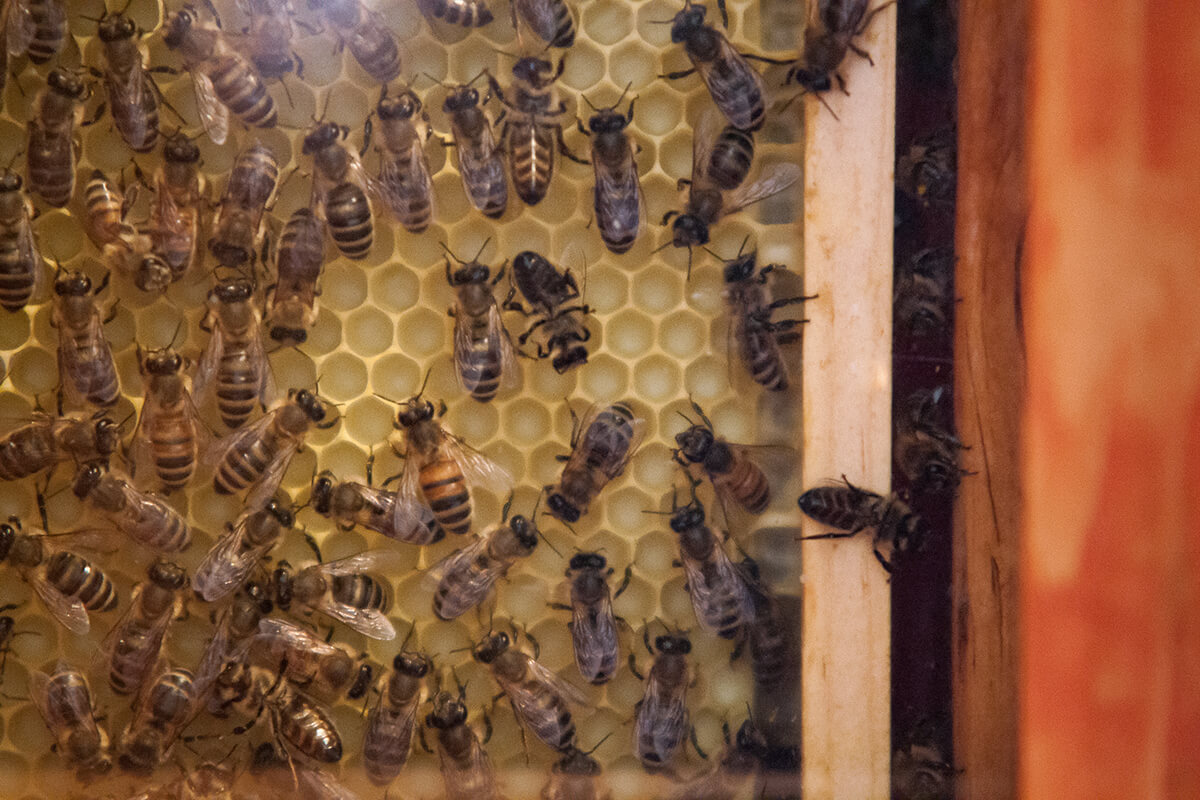
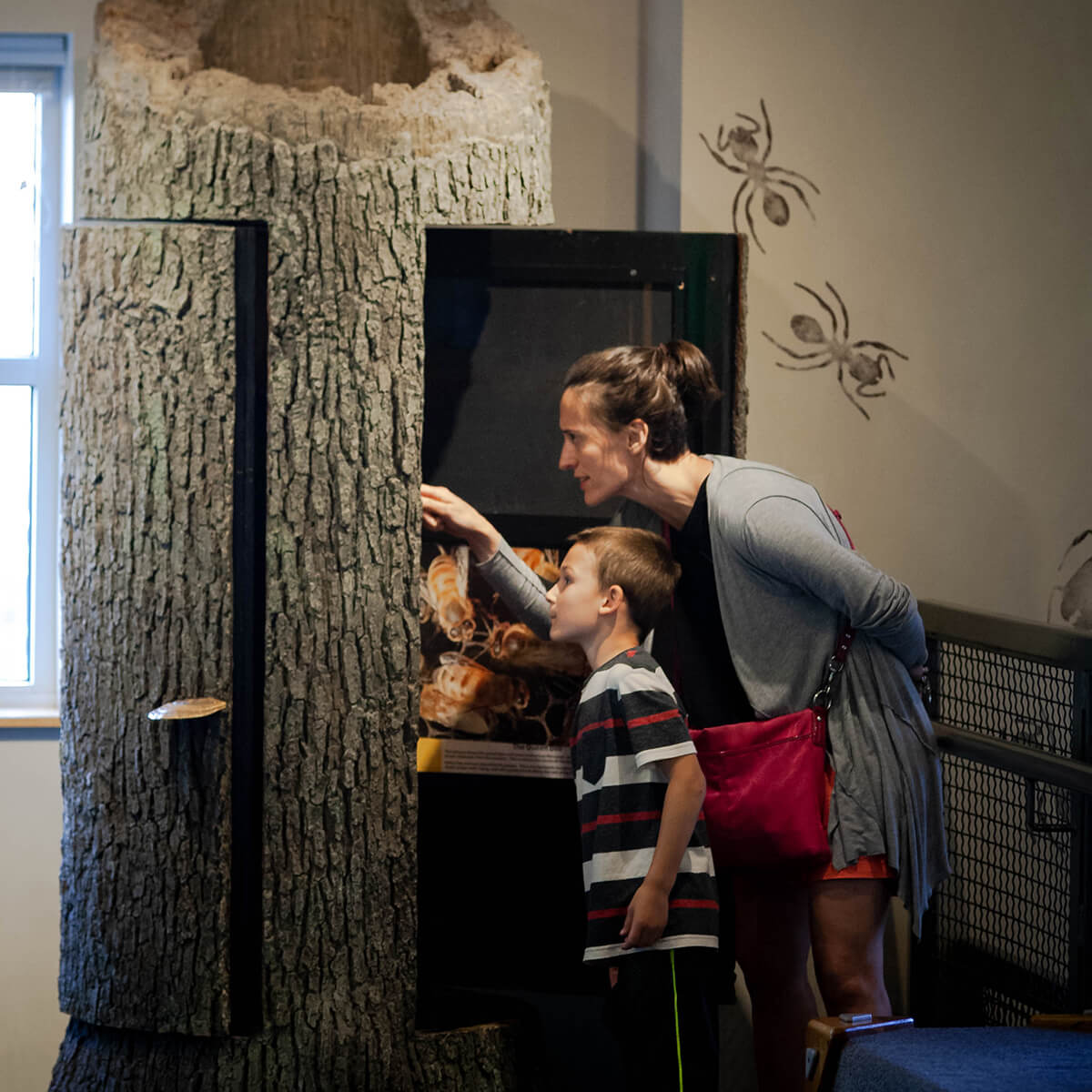
Big-Headed Ants
Big-headed ants are a species of ants with unique characteristics. Can you guess what it is? That’s right – their heads are gigantic! The big-headed is polymorphic, meaning it has multiple types of forms including queens, males, supermajors, majors, and minors. Each type plays its own role within the colony. The scientific name for the big-headed ant is Pheidole rhea.
Scientific Name: Pheidole rhea
Native Habitat and Range: They build underground colonies in the Deserts if the Southern United States
Diet Type: Omnivore
Native Diet: sweet liquids such as honeydews, dead arthropods, and soil invertebrates
WonderLab Diet: sugar water, pecans, seeds, crickets, mealworms, and cockroaches
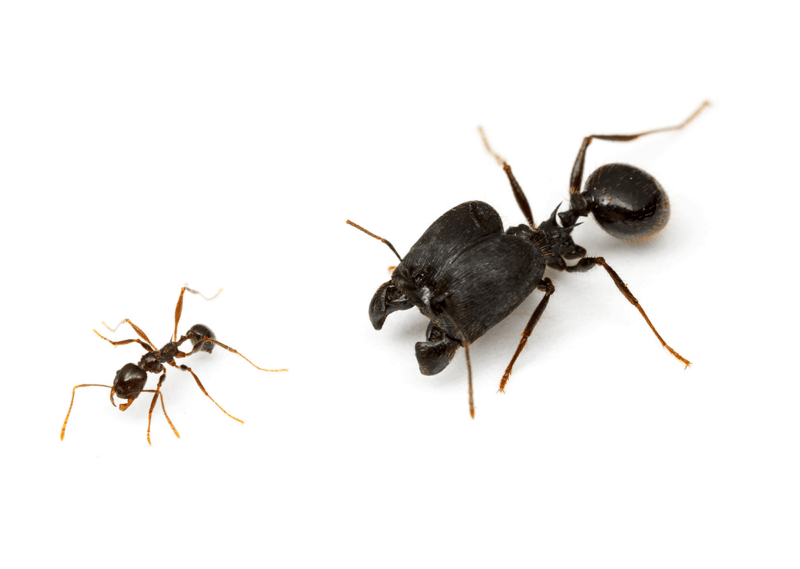
Blue-Tongued Skink
A Blue-Tongued Skink is a type of lizard sometimes confused with a snake. This is because of the skink’s elongated neck that resembles a snake’s head. Because skinks have such short legs they appear to slither much like a snake, too. But don’t be fooled!
Scientific Name: Tiliqua scincoides
Native Habitat and Range: Savannah and Deserts of Australia, New Zealand and Tasmania
Diet Type: Omnivore
Native Diet: various insects, other reptiles, and any plant material they can find.
WonderLab Diet: daily salads of dark leafy greens, various squashes, sweet potato, bell pepper, blueberries, mange, papaya and carrots as well as protein consisting of crickets, cockroaches, mealworms and boiled chicken
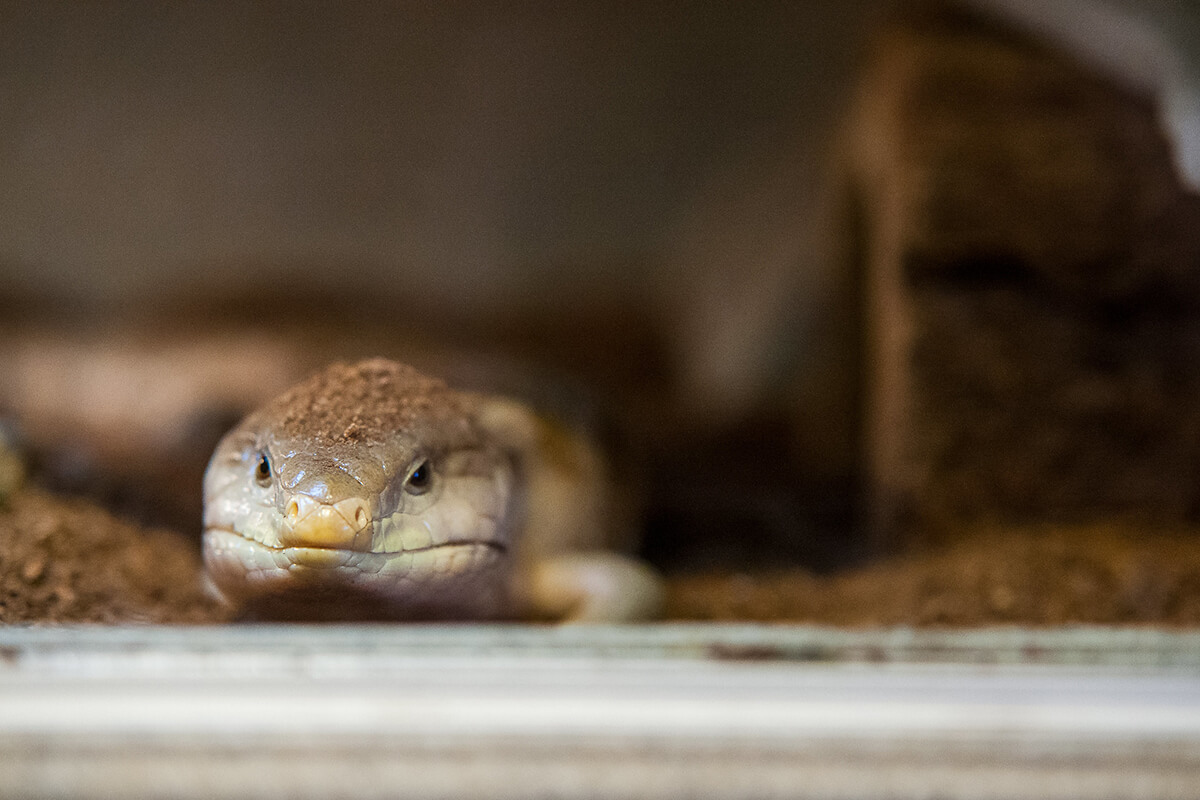
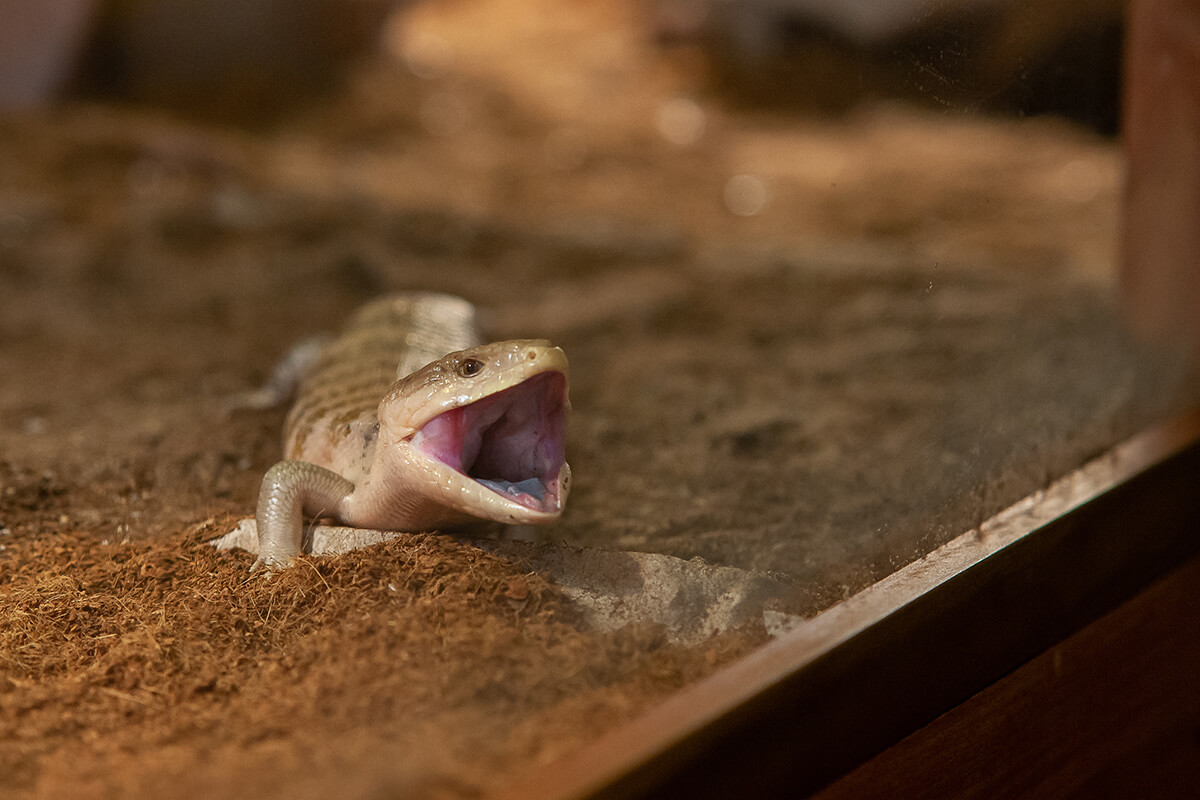
Corn Snakes
Corn snakes are a common type of snake found in many parts of North America. Like all reptiles, they cannot generate heat internally to warm their body. This is what it means to be “ectothermic.” Because their body temperature changes with the temperature of the environment, they require an external source of heat.
Scientific Name: Pantherophis guttatus
Native Habitat and Range: Woods and meadows of the southeastern United States from New Jersey to Florida to Kuntucky and Louisiana
Diet: Carnivore
Native Diet: other reptiles, small frogs, small rodents, birds and bats
WonderLab Diet: mice every 2 weeks
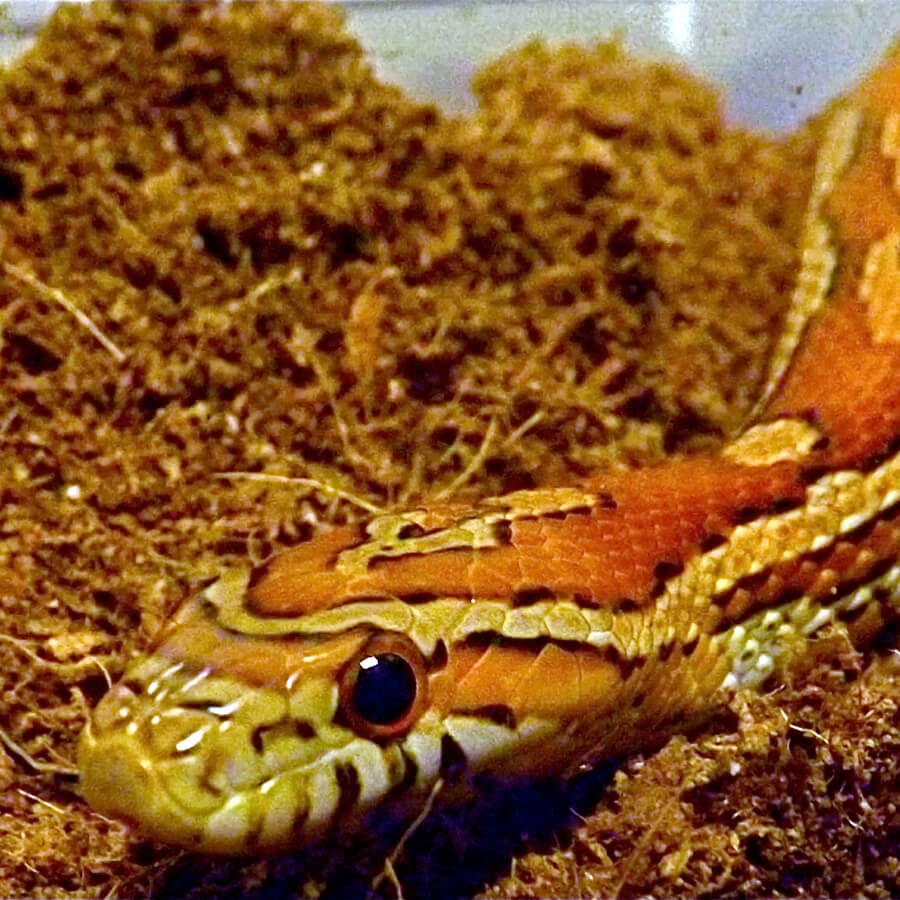
Madagascar Hissing Cockroaches
The Madagascar hissing cockroach, also known as the hissing cockroach or simply hisser, is one of the largest species of cockroach, reaching 5 to 7.5 centimeters at maturity. They are commonly found in rotting logs.
Scientific Name: Gromphadorhina portentosa
Native Habitat and Range: Tropical Rainforest found only in Madagascar
Diet Type: Detritivore
Native Diet: clean up fruits and vegetation that falls to the forest floor as well as insect and animal carcassase
WonderLab Diet: fruits and vegetables such as various squashes, sweet potato, bell pepper, blueberries, mange, papaya and carrots
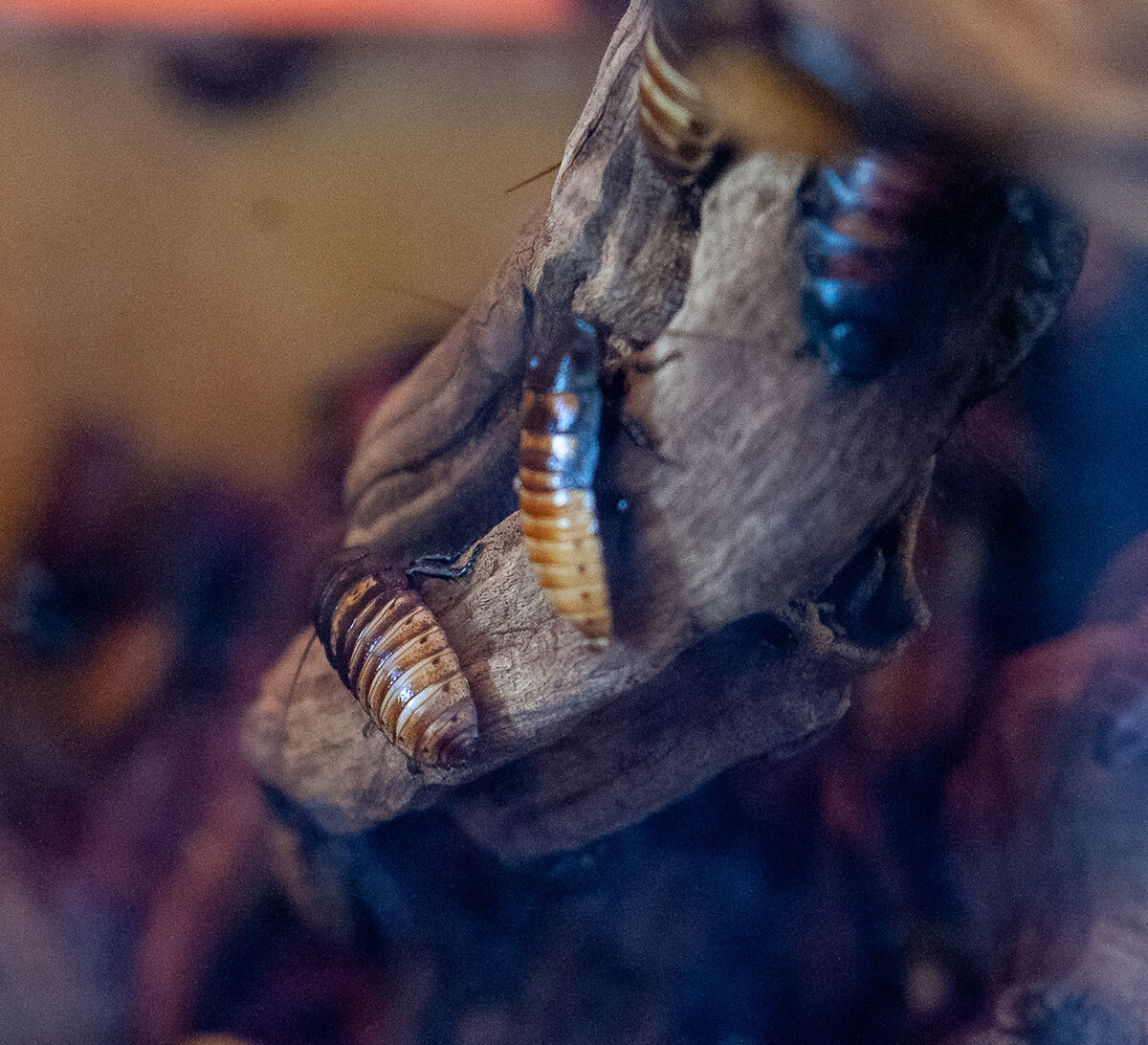
Rough Skinned Newt
Rough-skinned newts look like lizards but are actually amphibians. Their eggs are laid in ponds, and they are born with gills and no legs. Legs and lungs develop after they go through metamorphosis. They grow to be about three-and-a-half to eight inches long.
Scientific Name: Taricha Granulosa
Native Habitat and Range: Amphibians of the Pacific Northwest from California to Alaska and Canada so they live in both lakes, ponds, rivers and streams as well as surrounding forests and mountains
Diet Type: Carnivore
Native Diet:insects, snails, worms, pretty much anything small enough for them to catch
WonderLab Diet: bloodworms, brine shrimp and small snails
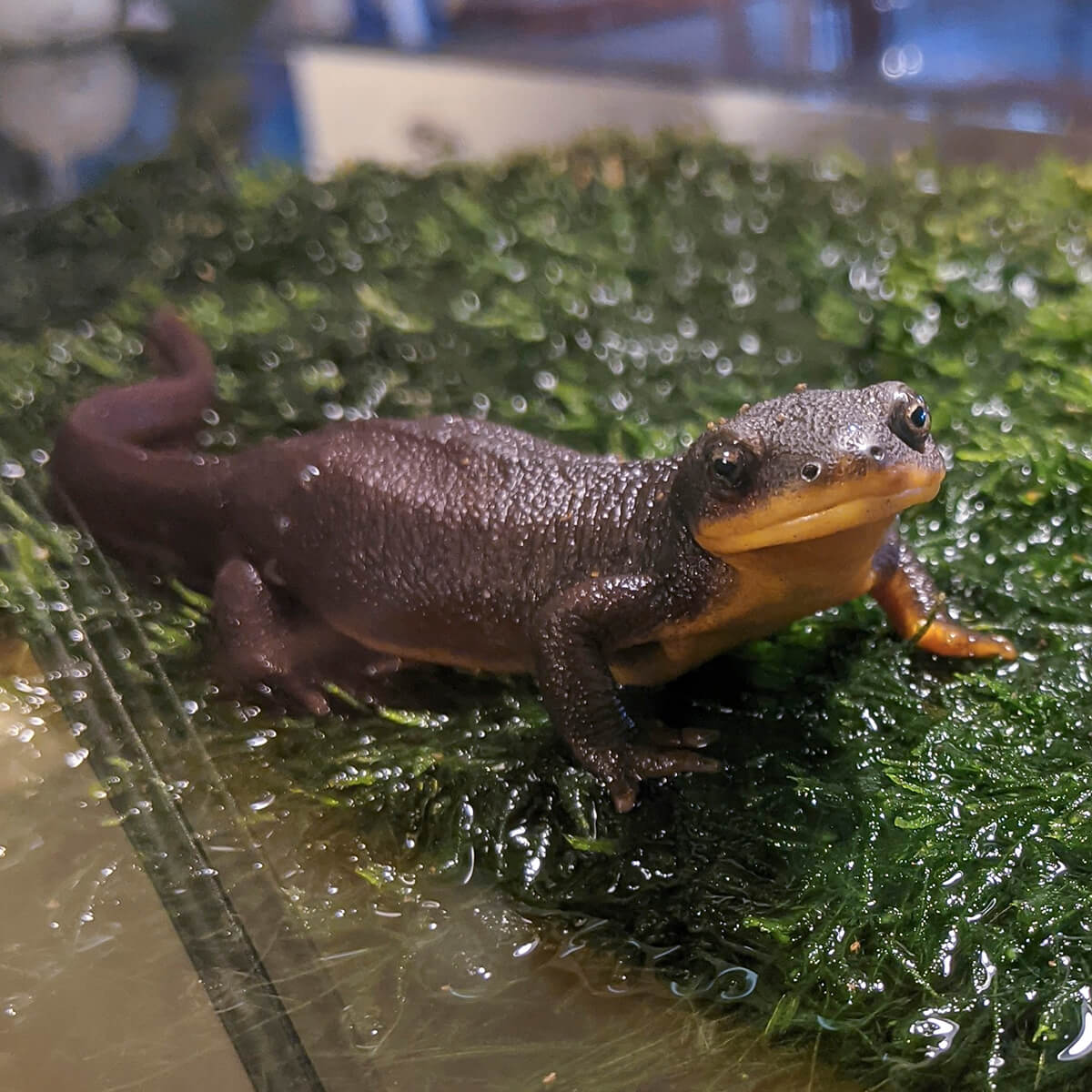
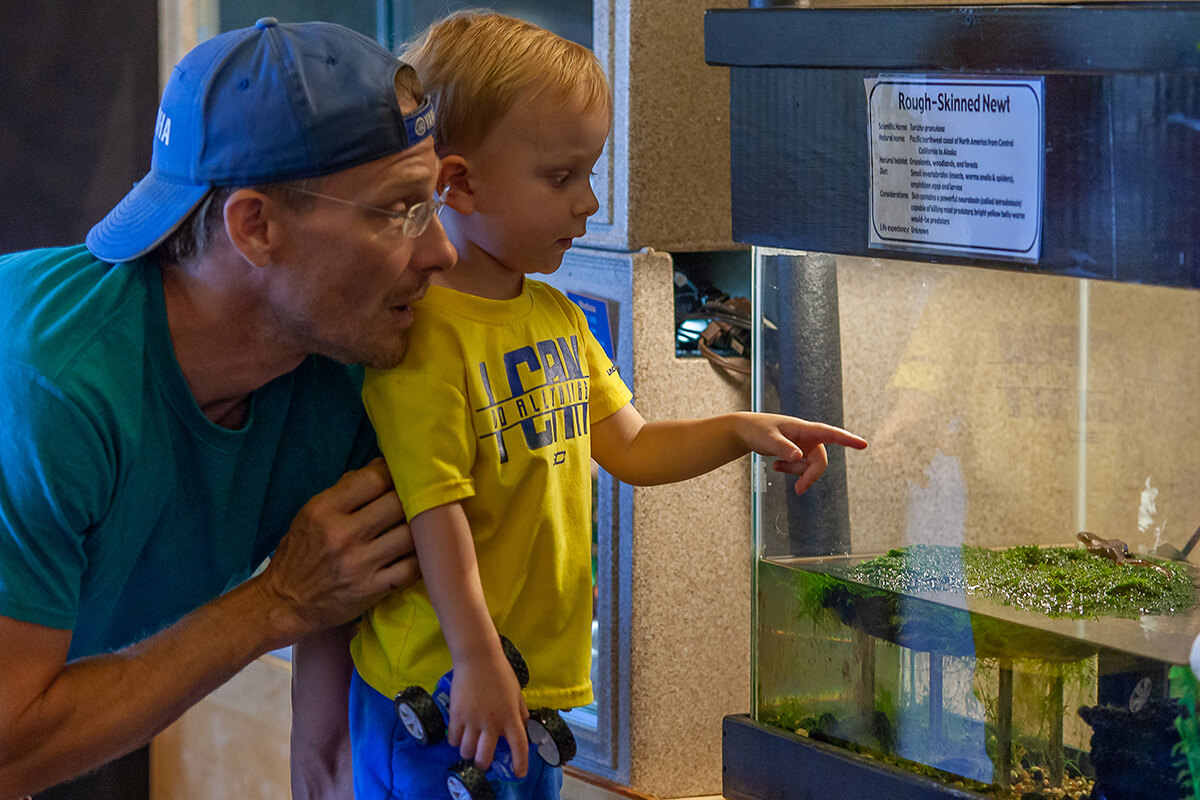
Pink Toed Tarantula
With a flash of midnight blue and a bright pink set of toe tips, this fuzzy tarantula is beautiful. However, it may be hard to enjoy these colors in the darkness of night, when this nocturnal species is most active.
Scientific Name: Avicularia avicularia
Native Habitat and Range: Arboreal meaning they live in the trees of the rainforests in South America
Diet Type: Carnivore
Native Diet: insects, other arachnids and even small rodents and frogs
WonderLab Diet: cockroaches, mealworms and crickets
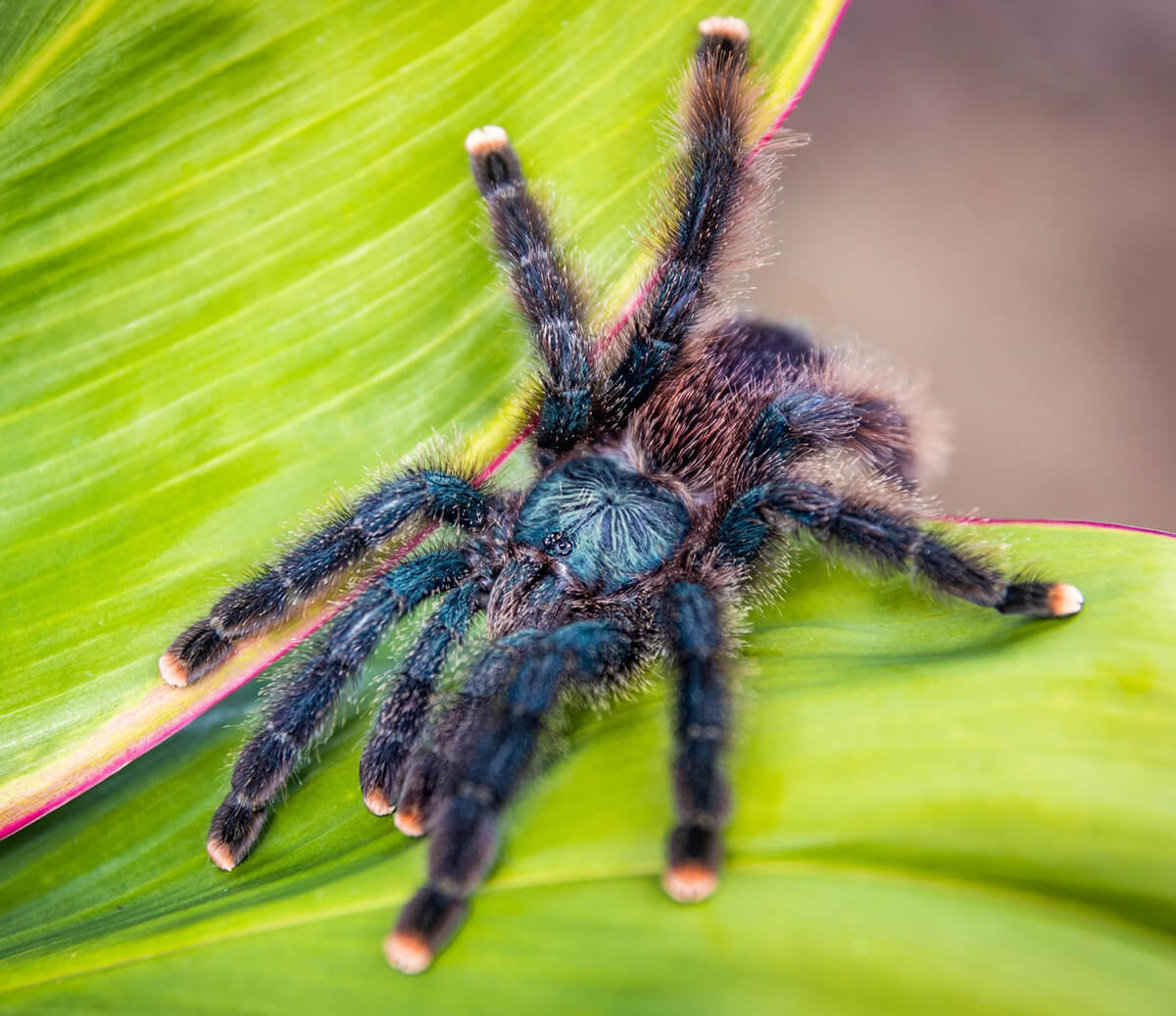
Wonder Under the Waves Saltwater Aquarium
The Wonder Under the Waves Saltwater Aquarium is an Indo-pacific a coral reef ecosystem with a variety of inhabitants including fish and live coral. Surrounding the aquarium is a fossil wall that includes descendants of animals found in this region’s fossil record.
The WonderLab aquarium turned five-years-old in 2022! What can you discover in our thriving coral reef?
Photos by Liam McGouldrick

